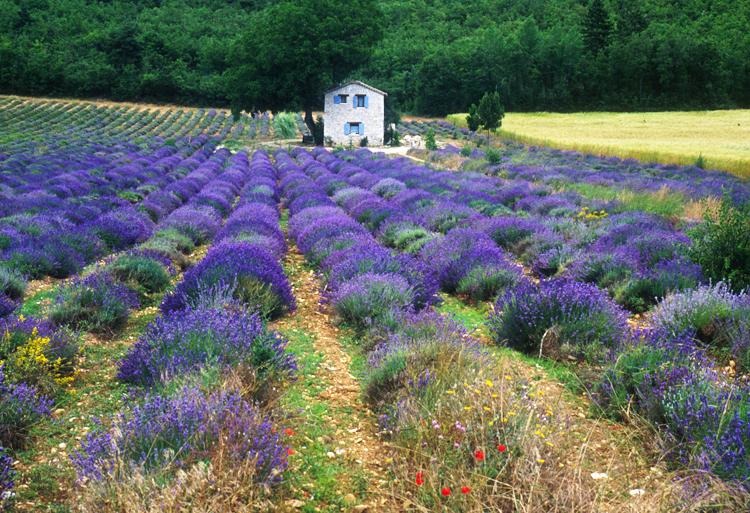Addressing the issue of essential oil authenticity in 2016 is a tedious process. Because of the success of the large corporate players aromatherapy and essential oils are spreading to many new and enthusiastic followers. A seemingly unavoidable element is that to gain such broad success the message needs to be simplified. As a result the discussion about purity and authenticity is mostly framed within the terminology the big corporate players.
One of the most common questions we receive these days from individuals we never heard from before is: “Can your oils be ingested?” How does one answer this in good conscience? How does one respond when a yes or no answer is expected, but a rather layered response is the sensible route.
To approach this issue a little bit of history might help. There was a time in the mid Sixties when EO were a commodity exclusively traded by the fragrance brokerages, often situated in Grasse or New Jersey. At that time, purity as aromatherapy requires it was not an issue, instead quality was seen as a function of the valuable components in an oil. 42% Linalyl acetate in Lavender was better than 37% and 50% Thymol in Thyme was better than 45%. Adding some Linalyl acetate was not adulteration, but improving the quality.
Then came aromatherapy with its desire for pure and authentic essential oils. Originally the folks in the fragrance industry did not have a lot of respect for the green desires of the aromatherapy buyers. Fragrance engineers had the know how to remove undesirable components and to add desired ones producing what they considered superior products for the use in fragrance and perfume manufacturing.
In addition the demand of the early aromatherapy buyers was so small it was more like a nuisance to the fragrance traders. Certainly not enough to consider changing the entrenched production methods for essential oils, of which the overwhelming proportion was slated to be used industrially.
Then came Henri Viaud. Artisan distiller of essential oils with a vision to produce essential oils specifically for use in aromatherapy, to use essential oils for healing. To the best of my knowledge he was the first to publish the terms “genuine and authentic” in connection with essential oils (Advanced Aromatherapy, page 8).
Requiring that essential oils be genuine and authentic added sorely needed concepts to the hitherto used ideas of purity.
It is probably fair to say that “purity” for most in aromatherapy today means that no synthetics have been added. But the terms “genuine” and “authentic” are less clearly associated with a firm meaning. I overhear many discussions where pure and authentic are used interchangeably.
Here is what Viaud meant to describe. An authentic oil is only the oil that is the product of the distillation of the plants of a single species. It is an authentic representation of that plant. A genuine oil was meant to be one that had not been subjected to any kind of post distillation process, such as redistillation nor deterpenization.
Why Essential Oils Authenticity Matters for Healing?
Today, whether or not a aromatherapy user is clear about these precise definitions, genuine and authentic oils are what is expected, at least intuitively. Those who turn to essential oils do so as a result of a preference for natural materials and natural healing. They chose natural, because they believe, true or not, that natural is more benign, less intrusive and maybe ultimately more effective. Let us, for the sake of the argument suspend doubt and assume this all is correct. Would it then not stand to reason that the essential oil should be as natural and authentic as possible, to actually confer all these benefits? Of course the answer is a resounding yes.
But as the supply chain of essential oils has become ever more corporatized, emphasis of analysis has increased exponentially. Mind you, analysis is not necessary to produce an authentic oil. It can serve different purposes, such as studying nature or to guard against fraud. It also provides the data needed to make the adulteration of oils ever more sophisticated. Ultimately I believe that to quite some degree overemphasis of analysis commodifies and objectifies those beautiful products of plants.
When pure data are seen as a proof for superior quality analytical technology takes the place that was once given to a human understanding of the aromatic plants in our environment. The deep knowledge we have about the healing qualities of aromatic plants arose from their integration into the cultures of our ancestors. Hildegard von Bingen explored these plants without the help of a GC/MS as did the ancient Egyptians or Chinese or, for that matter all other cultures that preceded our own.
(Please check back soon for The Human Element Part III: What is a Bioauthentic Original)
